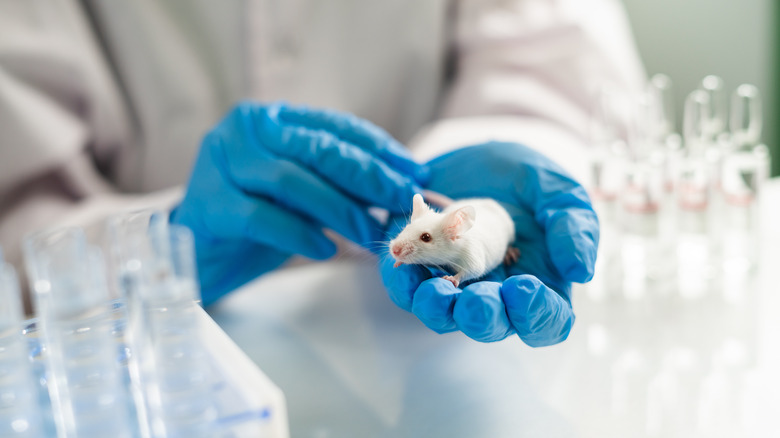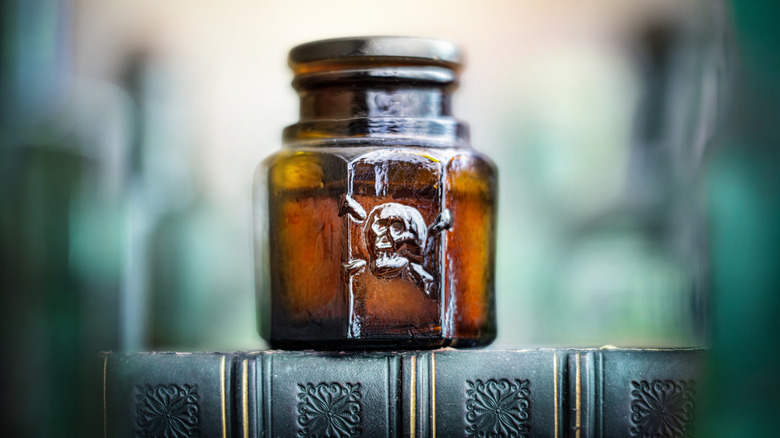What Does Median Lethal Dose Really Mean?
The scientific community spares little to no energy when it comes down to the nuances of measurements. Lengths, volumes, and weights all have their set systems in place when conveying the significance of a unit of measurement. However, when it comes to toxicology — specifically, lethal concentrations of particular poisons — it's crucial to understand exactly how it's measured.
In order to understand what a median lethal dose really means, it's important to have a brief understanding of toxicology in general. According to the National Institute of Environmental and Health Sciences, "Toxicology is a field of science that helps us understand the harmful effects that chemicals, substances, or situations, can have on people, animals, and the environment."
Therefore, the measurement of the median lethal dose of a toxin, radiation, or a pathogen, falls under the toxicology banner. Scientists study this dosage in order to learn which chemicals cause harm and how much is too much.
Half live, half die
To put it bluntly, the median lethal dose, or LD50, as it is sometimes abbreviated, is "the quantity of a lethal substance, as a poison or pathogen, or of ionizing radiation that will kill 50 percent of the organisms subjected to it in a specified time period" (per Dictionary).
Much to the dismay of animal lovers out there, this dosage is typically determined by using laboratory mice or other animals. Basically, the way the experiment would work is a certain number of mice — let's say 10 — would be given the dosage and then observed for a certain period of time. If within that period five of the 10 mice die, then the amount of toxin administered would be considered to be a median lethal dose.
The above description is fairly rudimentary. A lot of other factors, such as sample size, genetic idiosyncrasies, environmental factors, and institutional level approval, would have to be taken into consideration. Plus, something that will be lethal to a lab mouse may not necessarily have the same impact on a larger animal or human. Unfortunately, despite how crucial this system of measurement is, it's not very reliable.
Measurement accuracy in question
According to a paper by Andrew N. Rowan titled "The LD50 — The Beginning of the End" (posted at the Wellbeing International Studies Repository), the median lethal dose is a unit of measurement initially conceived by J.W. Trevan in 1927. Trevan published a report on the matter in which he "asserted that the median lethal dose (or LD50), done in a large (50-200) sample of animals, provided the most accurate index of a chemical's toxicity."
His work was instrumental in figuring out the appropriate dosages for drugs that have a thin "margin of safety," meaning the difference is tiny between a beneficial dose and one that's deadly. However, according to Rowan, who wrote his scientific paper in the early '80s, in the 15 years prior to his research, Rowan found that more and more toxicologists lost confidence in J.W. Trevan's LD50 measurement. While toxicologists agree that there needs to be a standard of measurement for potentially lethal toxins, they denied what Rowan described as "the utility of the precise statistical figure that is provided by the usual LD50 test." An important measurement to get right when it marks the difference between life and death.


